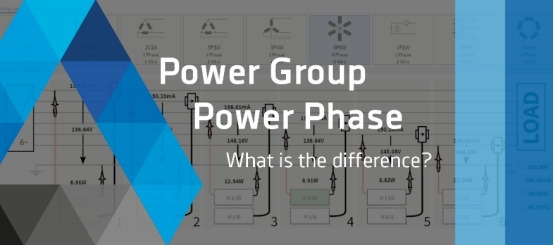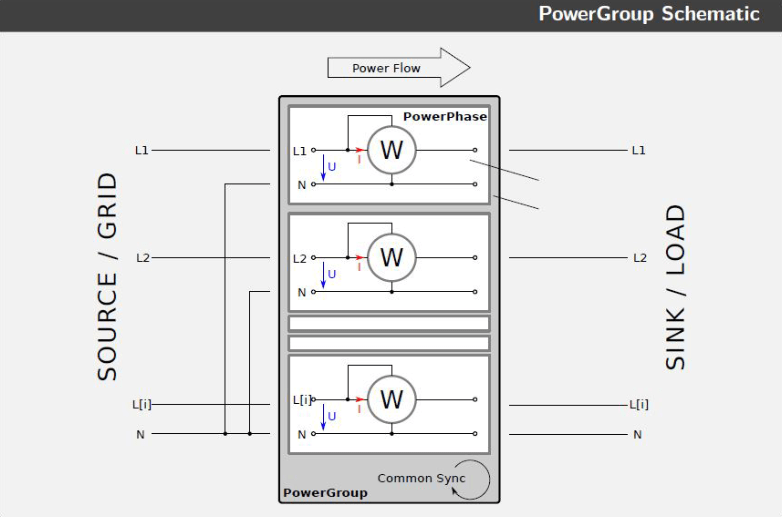In today's blog post, we briefly explain what a three-phase power supply is, and describe the essential difference between a power pack and a power pack. In addition, we also discussed their use in our measurement software OXYGEN DEWETRON Realization of power analyzer based on dsp. Learn more about how our systems drive your power analysis.

What is three-phase power supply?
Three phase power system is a common method of power generation, transmission and distribution. Although multiphase engine has obvious development trend, three-phase engine is still the most used engine.
In order to generate three-phase power, the three chokes are separated from each other at an angle of 120 °. According to the position of the magnetic pole in the magnetic field, the electrons move in different directions in at least two chokes. Electrons move back and forth on these three lines. This does not always happen in the direction and speed of the other two lines. For each cycle, there are three positive peaks and three negative peaks. This is because only one of the three lines can reach its peak current at the same time.
What are power packs and power packs?
When we talk about power analysis, we don't just mean the analysis of voltage and current, active power and reactive power. We also include the analysis of harmonics, flicker, voltage fluctuation and mechanical power. This is very important for obtaining a complete image of the equipment under test.
For power analysis, it is necessary to distinguish between power pack and power pack. The power group we talk about is the wiring type or connection schematic diagram of one or several power groups (i.e. three-phase line line connection) in the power analysis option of our measurement software OXYGEN. The power supply phase is the voltage current pair that establishes a power system such as a generator or motor.
When analyzing a power group, each power group can be evaluated individually or synchronously with the whole power group. In addition, each power pack has a common base frequency, also known as common synchronization. It can be determined from any voltage or current signal. For example, this makes it possible to compare the power of the inverter with the power of the three phases of the motor, and synchronize the two power groups to a voltage. In addition, even if the motor or the tested part adopts star connection, the input signal can also be measured by triangle connection.

Power analysis of DEWETRON
The power analysis function of OXYGEN provides the analysis of 1-9 phase power system. Users can select different predefined wiring schematics, namely 1P2W, 2V2A, 3P3W, 3P4W, or 2 × 3P3W. Logically, different power supply phases can be summarized as so-called power groups (=power systems).
In addition, the power analysis we realized provides basic characteristics, such as voltage, root mean square of current, average power, fundamental and symmetrical components, active/reactive/apparent power (total power and fundamental) and energy. Harmonic (IEC 61000-4-7), flicker (IEC 61000-4-15), flicker emission (IEC 6140-21) and mechanical power/efficiency analysis can be carried out within the advanced functional range. If the grid compatibility of renewable energy generators such as wind turbines is to be assessed, the expert option is the right additional option.
The power analysis option of our data acquisition software OXYGEN is the core function of our PA series equipment. But it also puts any other DEWETRON The measuring equipment becomes a fully functional power analyzer. In addition, our measurement software provides many additional useful functions and tools.





